Building the home you’ve always wanted is a thrilling yet challenging journey. After working hard to achieve this dream, carefully considering all your options is crucial. One of the biggest decisions you’ll face is choosing between design-build and traditional construction.
Both methods have unique perks; picking the right one can significantly impact your project’s outcome. In this blog post, we’ll explore the differences between these approaches, helping you make an informed decision. Let’s find out what works best for you!
Understanding Design-Build and Traditional Construction
Before diving into the details, let’s take a closer look at design-build and traditional construction.
Design-Build Construction
Design-build construction is a streamlined approach that involves one team handling a project’s design and construction phases. This method allows for more collaboration between architects, engineers, and contractors throughout the process, allowing greater flexibility.
Traditional Construction
Traditional construction follows a more conventional approach. One team completes the design phase, and another takes over for the construction phase. It usually involves a general contractor working with multiple subcontractors to complete the project.
What to Consider
Streamlined Process and Efficiency
The design-build construction approach eliminates the potential for miscommunication. As a result, these projects usually have shorter timelines and fewer change orders, making them a more efficient option.
Cost Control
In traditional construction, the design phase ends before contractors submit bids. As a result, unexpected costs may arise during the process, impacting the project budget. On the other hand, in design-build construction, cost estimation happens simultaneously with the design phase, ensuring transparency.
Quality Control and Accountability
In traditional construction, the design and construction teams divide responsibilities. In contrast, in design-build construction, there is more accountability, allowing for better quality control.
Risk Management
In design-build projects, one team is responsible for both design and construction, reducing the risk of issues arising between multiple teams. This approach also allows for quicker problem-solving and decision-making, reducing delays.
Which One Is Right for You?
The decision ultimately comes down to your needs and priorities. Here are some key factors to consider when making your choice:
- Project size
- Budget
- Timeline
- Level of control and collaboration desired
- Complexity of the design
Regardless of your choice, ensure you work with a reputable and experienced team that can deliver your vision. You’ll make the right decision for your project with thorough research and careful consideration.
Building Your Dream Home with Confidence
Are you ready to start your home-building project? We know it’s one of your life’s most exciting and significant journeys, and we’re here to help. At BuildTX Solutions, we’ve helped dozens of homeowners achieve their dream houses with our expertise.
As the leading custom home builders in Dallas, TX, we offer design-build options to ensure you get the house of your dreams within your budget and timeline. Contact us today and build your dream home with confidence.


